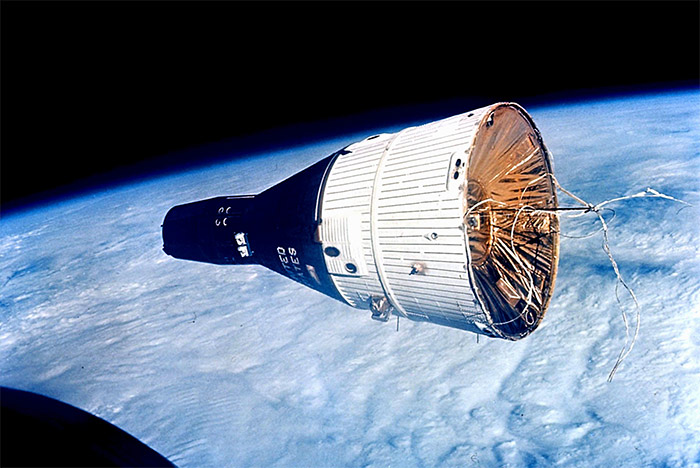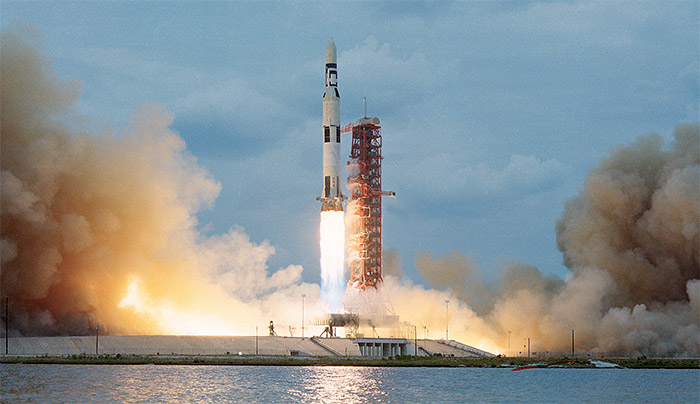The Week has published an article on citizen space exploration, or space tourism, as they prefer to call it.
We dislike the term “space tourism” because of the way it is misused by detractors to disparage citizen space travel as a frivolous activity for rich vacationers. Their usage of the word tourism is actually quite ignorant. The travel industry uses the “tourism” to include business tourism as well as vacation tourism. To quote one website, “Business tourism is one of the leading and most dynamically developing spheres of world economy.” Together, leisure and business tourism are the world’s largest industry; there is nothing frivolous about it.
[youtube=http://www.youtube.com/watch?v=-RR1w7_pyl0&w=700]
Leaving that quibble aside, the authors make one factual error. They ask, “Who first proposed space tourism?” and answer that it was Pan Am Airlines in 1968. That answer is not even close.
G. Harry Stine discussed public space travel in his book Earth Satellites and the Race for Space Superiority, which was published a few weeks after Sputnik but written (except for some brief introductory material) before.
Nor was Stine the first. The fact is, prior to the start of the US-Soviet space race, no one assumed that spaceflight would be a monopoly of government space agencies and government astronauts. Most people who thought about space travel at all assumed it would develop similar to the way air travel had developed, with short-range suborbital flights leading to longer-range suborbital flights and finally orbit.
Public space travel is often viewed as an anomaly, a distraction from the “serious” work of government space exploration. Nothing could be farther from the truth. The Space Race led the US down a false path toward the development of quick and dirty, but ultimately unaffordable, launch systems based on throw-away missile technology. After a long detour, we are finally returning to the road we would have followed in the 1960’s, if not for Sputnik.











